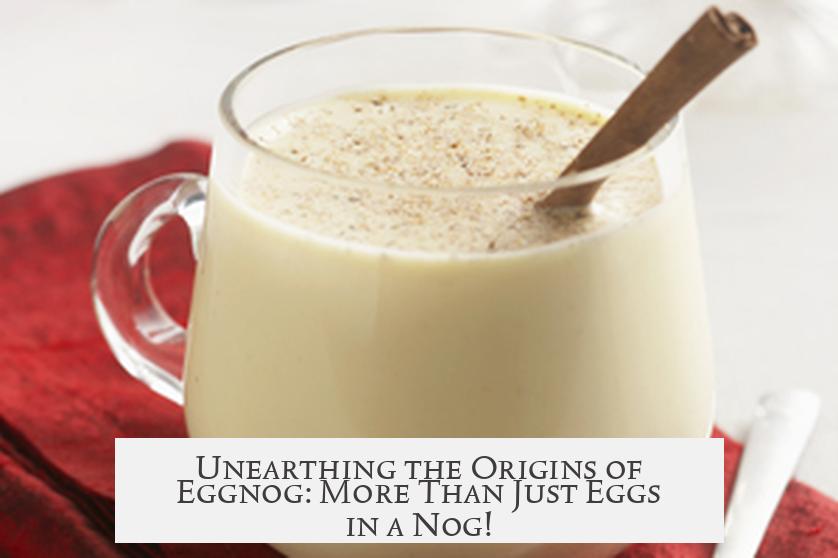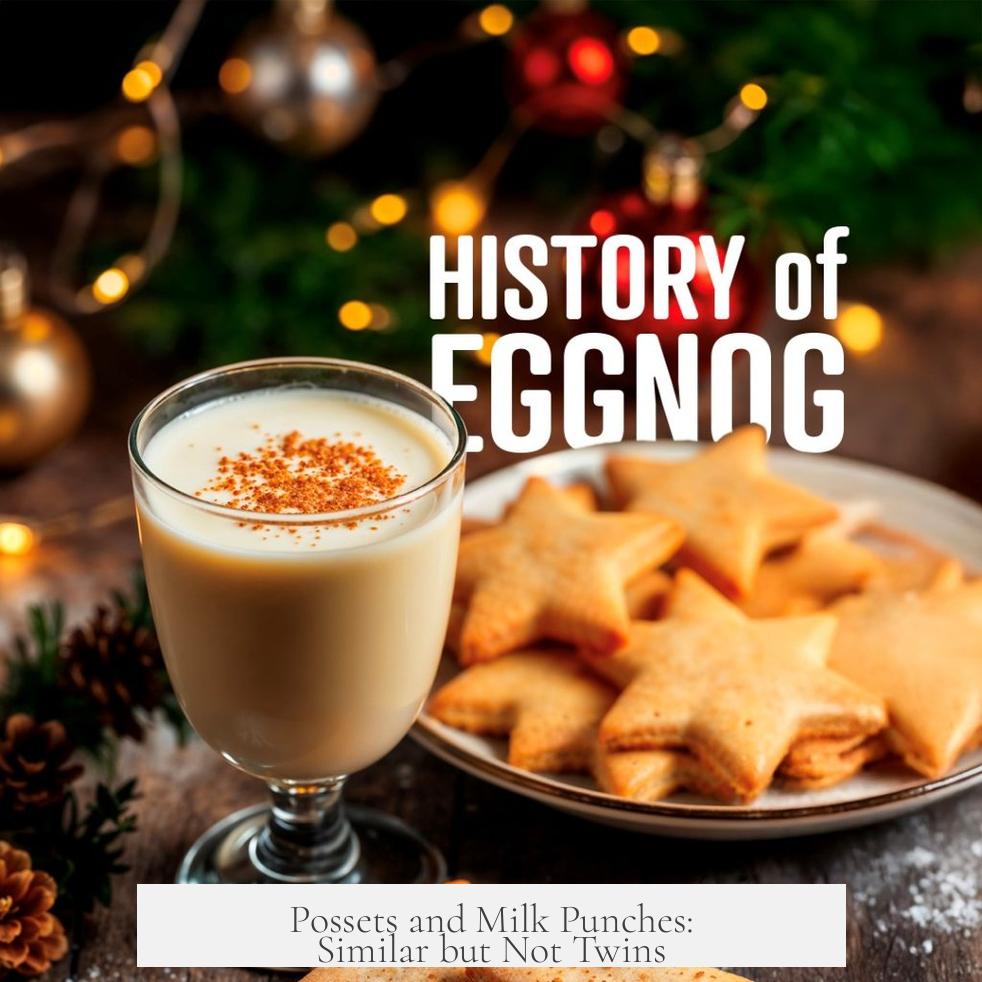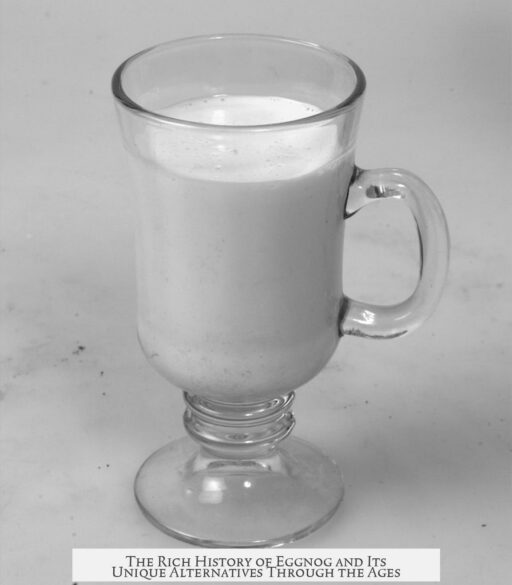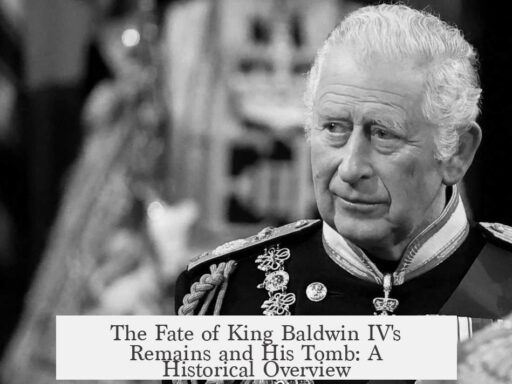Eggnog originates from a blend of historical drinks known as “nog” or “nugged ale,” which were strong ales consumed in parts of England, particularly Norfolk. These traditional nogs did not necessarily include eggs. Eggnog itself is a unique American drink, evolving from earlier British “flip” cocktails that combined eggs with alcohol. Thus, other forms of nog existed without eggs, making eggnog a distinct beverage in alcohol history.
The term “nog” originally referred to a potent ale popular in Norfolk, England. The precise origin of the word remains unclear, with theories linking it to a “noggin,” meaning a small wooden mug or a single drink of spirits. Another suggestion ties “nog” to the Scottish term “nugg” or “nugged ale,” describing ale warmed with a hot poker. These beverages were hearty ales, enjoyed warm in the colder months. None were documented as containing eggs in England or America before eggnog appeared.
Eggnog’s first specific mention appears around 1775. A Maryland pastor references “egg-nogg” in a poem, placing the drink’s origins in the mid-Atlantic region of the early United States. Additional mentions from 1788, found in New Jersey and Philadelphia, support this geographic origin. Thus, eggnog likely developed in colonial America rather than England, even though its roots lie in English and Scottish warm ale traditions.
Eggnog closely relates to a family of drinks called flips. Flips are sweetened, often heated alcoholic drinks that include eggs but typically exclude milk. British recipes from the 19th century, such as those in Thomas Jerry’s How to Mix Drinks, document several flip versions, including egg flip and ale flip. The ale flip recipe, considered an earlier “nog,” mixes boiled ale with beaten eggs, sugar, and nutmeg. Conversely, egg flips align more closely with eggnog in that they incorporate eggs and spirits but rarely milk.
Eggnog contains milk or cream, distinguishing it from flips. This made eggnog uniquely creamy and richer than its ancestors. Thomas Jerry’s work identifies eggnog as distinctly American, increasing its popularity in the southern United States during Christmas celebrations and throughout the year in northern climates. This cultural association remains strong today, confirming the drink’s unique status among “nog” derivatives.
Eggnog’s connection to other milk-based drinks such as possets and milk punches is less direct. Possets, dating back to medieval England, combined milk curdled by alcohol like wine or ale but did not typically include eggs. Milk punches evolved later as sweetened, spiked milky drinks but again emphasized different preparation styles and ingredients. While eggnog shares a creamy, alcoholic profile with these beverages, its lineage is closer to flips, not possets or punches.
| Drink Type | Main Ingredients | Relation to Eggnog |
|---|---|---|
| Nog (Nugged Ale) | Strong ale, sometimes heated | Precursor term; no eggs involved |
| Flip | Alcohol, eggs, sugar (heated) | Close ancestor; usually no milk |
| Egg Flip | Alcohol, eggs, sugar, water (heated) | Direct relative; lacks milk |
| Posset | Milk, alcohol (wine/ale), sometimes curdled | Similar texture; different origin |
| Eggnog | Milk or cream, eggs, sugar, spirits | Unique American drink; includes milk |
“Eggnog” as a word likely emerged as a contraction or mutation of older terms. The theory of “egg-n-grog” was proposed, but historical evidence is absent to confirm this. It is safe to consider this etymology incorrect. The name ultimately appears unique to the American drink combining eggs with milk and spirits, maintaining the “nog” element from old English ale traditions but innovating significantly.
Culturally, eggnog holds strong seasonal ties. By the early 19th century, especially in the southern United States, it became a customary Christmas beverage. The notable “eggnog riot” at West Point in 1826 underscores its popularity and social impact. Meanwhile, in parts of Scotland, a similar egg and alcohol drink is known as “auld man’s milk,” although it lacks direct historical ties to American eggnog.
In conclusion, eggnog emerges from a rich tradition of warm, alcoholic drinks called nog or flips, which did not originally include eggs. The American innovation was to add eggs and milk, creating a creamy, sweet beverage distinct from its ale-based predecessors. Other nogs existed, but eggnog remains unique for its combination and cultural significance.
- “Nog” originally signifies strong ale or beer, not necessarily containing eggs.
- Eggnog develops in colonial America around the mid-18th century.
- Eggnog evolved from “flip” drinks, which include eggs but lack milk.
- Possets and milk punches are related creamy alcoholic drinks but differ historically and ingredient-wise.
- The word “eggnog” is unique; no clear evidence supports derivation from “egg-n-grog.”
- Eggnog is culturally linked to Christmas, especially in the southern U.S.
Unearthing the Origins of Eggnog: More Than Just Eggs in a Nog!

Eggnog’s roots trace back to a lively blend of eggs and a mysterious “nog” — likely a type of strong ale from England — but the exact origin of the nog part remains a bit like a misty winter morning: partially clear yet intriguingly elusive. So, what exactly is this nog, and were there nogs without eggs? Let’s crack open the history and stir in some surprising facts.
First things first, the word “eggnog” is a mash-up of “egg” and “nog,” first popping up around 1775. But nog itself has a story that stretches back further, tied to British beer culture. The term “nog” originally referred to a strong ale brewed in Norfolk, England, a region in East Anglia. This strong ale was a robust drink, well-respected in its time. Yet, how “nog” transformed from meaning a hearty beer to part of a creamy, eggy holiday favorite remains a puzzle scholars continue to piece together.
A Toast to the Nog: Not Just Eggs and Milk in the Glass
Here’s where it gets interesting: “nog” is no ordinary word. Some theories propose it stems from “noggin,” which means a small mug or a small drink of spirits. Another hypothesis links it to the Scottish “nugg” or “nugged ale,” which described ale warmed up with a hot poker. Imagine, ale with a fiery twist! These drinks did not contain eggs and certainly weren’t creamy — they were hearty, warm brews meant to comfort on chilly days.
Despite these possibilities, no other beverage beside eggnog has adopted the “nog” in their name, making eggnog stand out as a unique offspring of these older traditions. So, while “nog” could mean strong ale or a small spirited serving, eggnog is the only drink that marries this concept with eggs and milk into a milky, spirited delight.
From Maryland to Your Mug: The Birthplace of Eggnog
The first written mention of eggnog surfaces circa 1775 in a poem by a Maryland pastor. This early reference hints that eggnog’s roots flourish in the American colonies, specifically in the mid-Atlantic region, as by 1788, the drink was noted in New Jersey and Philadelphia too. So eggnog is as American as apple pie, at least when it comes to origins.
But Americans didn’t invent the entire concept; they likely enhanced or evolved it from British drinks. The British version still lingers on as “egg flip,” a cousin of eggnog.
Egg Flips and Flips: The Eggnog’s British Cousin
Before eggnog dyed Christmas red and green, the British were sipping “flips” — sweetened, often heated alcoholic concoctions that included eggs but generally skipped the milk. Flips date back to at least 1693, long before eggnog’s American debut. They were served hot, frothy, and spirited, with ingredients ranging from ale to rum or cognac.
In the mid-19th century, Thomas Jerry penned his cocktail bible, which featured multiple recipes for flips and eggnogs. His flip recipes commonly left out milk, whereas his eggnog recipes almost always included it. Jerry asserted that eggnog was American in origin but enjoyed worldwide popularity — a fair claim given its holiday fame today.
Take this 19th-century egg flip recipe, for instance:
Beat four fresh eggs (skipping two whites), add sugar, pour boiling water gradually, and stir in Cognac and rum. Simple but powerful! No milk involved.
Compare that to an ale flip recipe (possibly an earlier “nog”) which involved boiling ale, whisking eggs in sugar, and grated nutmeg. Again, no milk, but plenty of warmth and spice. These flips highlight how eggnog could have emerged by adding milk or cream to these eggy, heated, spirited drinks. This twist created a richer, creamier experience — and voilà, eggnog’s identity forms.
Possets and Milk Punches: Similar but Not Twins

Eggnog often gets linked to older milk-based drinks like possets and milk punches, though these cousins have their quirks. Possets go way back to the 15th century. They’re made by curdling milk with alcohol such as wine or ale, thickened sometimes by crushed biscuits. Shakespeare himself mentioned possets, marking them as early comfort drinks.
Milk punch came later, combining milk with alcohol but usually skipping eggs. Importantly, milk punches are filtered rather than frothed, setting them apart from the frothy texture we love in eggnog.
Eggnog’s unique mix of milk, eggs, and spirits, whipped into creamy froth, remains distinctive. Although possets share some similarity in being alcoholic and dairy-rich, eggnog’s lineage appears closer to flips, with possets offering more of a morphological cousin than a true ancestor.
Debunking Some Nog Myths
A popular theory casually tossed around is that “eggnog” comes from “egg-n-grog” – as if it were a shorthand for egg plus grog (a rum-water mix). Sadly, no historical evidence supports this, and scholars generally dismiss it. Grog and nog have distinct roots.
Also, none of the early nogs—the ales, the heated spirits in small mugs—include eggs. So other varieties of nog, in England or Scotland, were hearty, strong beers; warm, spiced ales; or small spirit portions. Only the American eggnog brings eggs into the mix.
Eggnog’s Rise in American Culture and the Curious Eggnog Riot
By the 19th century, eggnog was nearly indispensable at Christmas in the American South. Meanwhile, Northerners enjoyed it year-round. Interestingly, even across the Atlantic in Scotland, a similar drink called “auld man’s milk” existed, showing eggnog’s cosmopolitan reach.
Eggnog’s cultural status is cemented by fun (and wild) history. For example, in 1826, the US Military Academy at West Point was rocked by the infamous “eggnog riot,” where cadets spiked a supposedly non-alcoholic punch. Party gone rogue? You bet.
So, Were There Other Forms of Nog Without Eggs?
To answer that question plainly: yes.
- There were strong beers (nogs) brewed in Norfolk, England, simply called nog, packed with alcohol but no eggs or milk.
- “Nugged ale” or “nugg” referred to ale warmed with a hot poker, a toasty drink with no egg involvement.
- Small mugs called noggins held spirits, a measure not a recipe.
None of these nogs involved eggs, but the term “nog” still traveled into the American lexicon to meld with eggs, milk, and spices, creating the singular, creamy, frothy delight known as eggnog. No other drinks kept the nog name while adding eggs.
Summing Up: Why Eggnog is Truly One of a Kind

Eggnog stands at the crossroads of many traditions:
- A regional English ale called “nog,” imbued with strength and warmth but no eggs.
- British flips, eggy and spirited but not creamy, often served hot.
- Milk-based possets and punches, creamy but less frothy and eggless.
Eggnog uniquely blends eggs, milk, and spirits into a frothy, festive cocktail that captures the spirit of winter holidays. Its name hints at old alehouses and small mugs, but its soulful, creamy texture is a delight that sprang to life in the American colonies and evolved into a beloved tradition around the world.
For those who love history with a dash of holiday cheer, eggnog invites us to sip a little story with every glass. Whether you celebrate with a traditional recipe or a bold new twist, you’re tasting centuries of culture blended into timeless comfort.
Practical Tips for Modern-Day Eggnog Lovers
- Want to channel authentic 19th-century vibes? Try whisking four eggs (omit some whites), add sugar, hot water, and spike it with rum and cognac. No milk needed for the old-school egg flip!
- Prefer the creamy classic? Incorporate milk or cream for that signature froth only eggnog can offer.
- Not a fan of alcohol? Eggnog without spirits can still offer a festive, indulgent treat—just keep it chilled and frothy.
Next time you toast with eggnog, remember: it’s more than a drink. It’s a delicious legacy, leaping across centuries from English ales and American hearths to your cozy winter cup.




